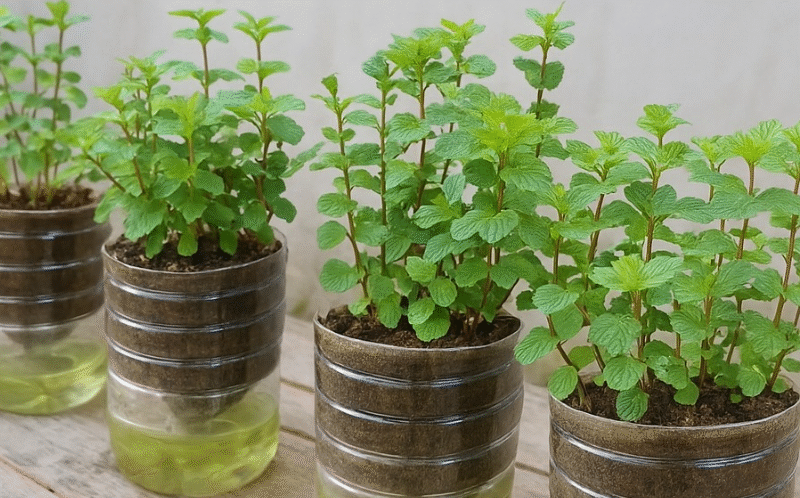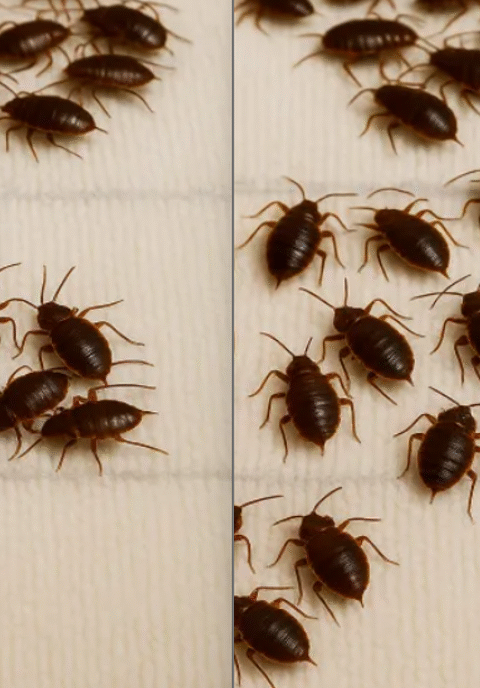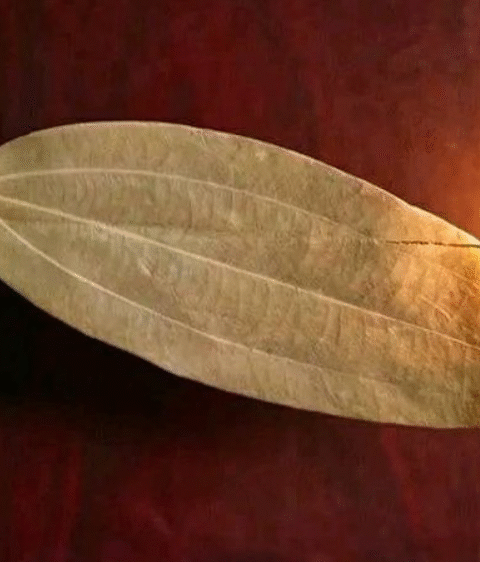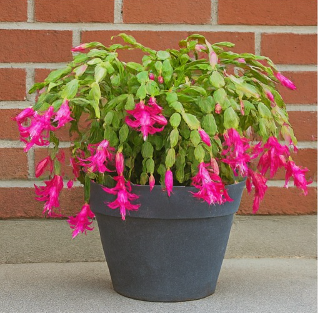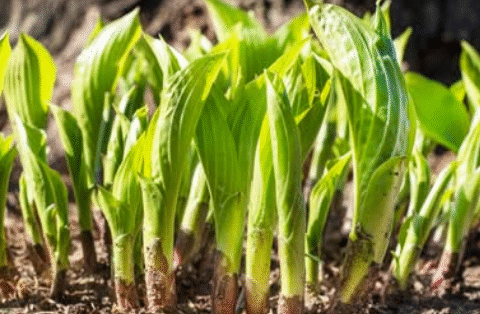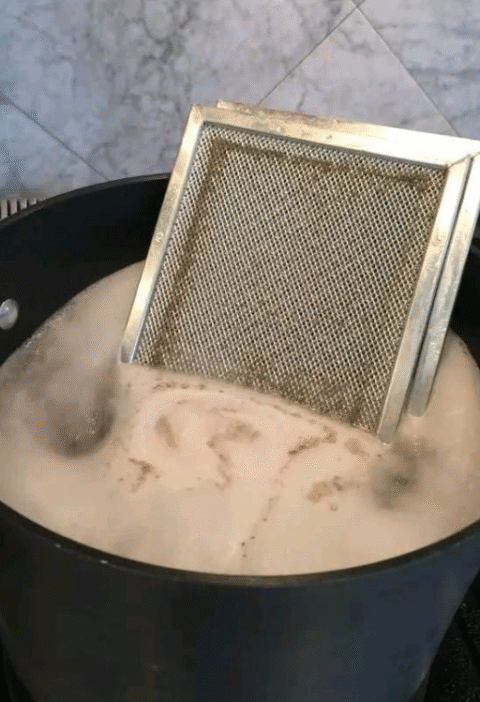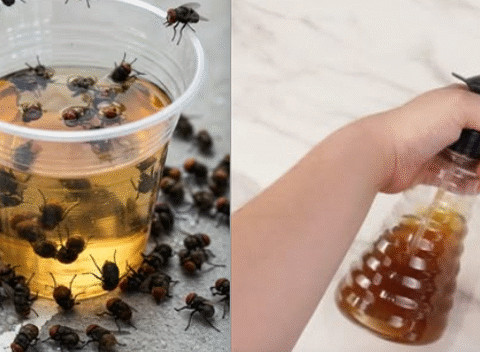🌱 Grow Mint All Year Round with This Simple Plastic Bottle Trick ♻️✨
Love fresh mint in your tea, desserts, or salads? What if you could have it on hand all year long—right from your kitchen or balcony? With a humble ♻️ plastic bottle and a little know-how, you can grow vibrant, fragrant mint plants easily—even indoors. This guide walks you through the plastic bottle technique and essential mint plant care so you never run out of this green goodness again!
💧 The Plastic Bottle Mint Trick Explained
Using a recycled plastic bottle as a mini greenhouse or vertical planter is one of the easiest ways to cultivate mint at home. It creates a humid environment, promotes healthy root growth, and reduces water waste—perfect for beginners and eco-friendly gardeners.
♻️ Materials You’ll Need
- 1 large transparent plastic bottle (1.5–2 liters)
- Sharp scissors or knife
- Mint cuttings or small mint plant
- Potting soil (well-draining)
- Small pebbles or gravel (for drainage)
- Spray bottle (for misting)
🔧 DIY Steps to Create Your Plastic Bottle Planter
- Cut the Bottle: Slice the bottle horizontally, about two-thirds from the base.
- Add Drainage: Put small pebbles in the bottom of the bottle, then fill with potting soil.
- Plant the Mint: Insert mint cuttings or a small mint seedling into the soil. Firm the soil gently.
- Cover: Use the top part of the bottle as a dome. Place it over the bottom to trap humidity.
- Ventilate: Leave the cap off or poke a few holes for air circulation.
This DIY mini greenhouse helps the plant retain moisture and thrive even in dry conditions—perfect for year-round mint growth indoors! 🌿
🌤️ Complete Mint Care Guide
✅ Lighting
- Mint grows best in partial shade to full sun.
- Ideal: 4–6 hours of direct sunlight daily.
- If indoors, place near a sunny window or use grow lights.
✅ Watering
- Keep the soil consistently moist, not soggy.
- Water deeply when the top 1 inch of soil is dry.
- Avoid letting the soil dry out completely.
✅ Temperature
- Ideal range: 60°F to 80°F (15°C to 27°C).
- Mint tolerates cooler temps but should be protected from frost indoors.
✅ Humidity
- Mint loves humidity—especially in indoor environments.
- Mist the leaves regularly with a spray bottle.
✅ Fertilization
- Feed every 3–4 weeks with compost tea or diluted fish emulsion.
- Avoid heavy fertilization—mint grows fast and can become leggy.
✅ Pruning
- Pinch back growing tips often to encourage bushy growth.
- Remove flower buds to prevent bitter leaves and legginess.
✅ Pest & Disease Control
- Watch for aphids, spider mites, and fungal spots.
- Use neem oil spray or a mix of water and mild soap.
- Ensure good airflow and avoid overwatering to prevent diseases.
✅ Harvesting
- Begin harvesting once the plant has 2–3 sets of full leaves.
- Snip leaves or stems regularly to promote fresh new growth.
✅ Repotting
- Mint spreads rapidly. Repot every 6–12 months to control its growth.
- Divide and separate roots to keep the plant healthy.
📊 Quick Mint Care Reference Table
| Category | Requirement | Best Practice |
|---|---|---|
| Lighting | 4–6 hours/day | Partial shade or full sun |
| Watering | Keep moist | Water when top soil is dry |
| Temperature | 60–80°F | Indoor/outdoor flexibility |
| Humidity | High | Mist leaves regularly |
| Fertilizer | Every 3–4 weeks | Use compost tea |
| Pruning | Frequent | Pinch flower buds |
| Pests | Aphids, mites | Neem oil, soapy water |
| Harvesting | When leafy | Snip leaves often |
| Repotting | 6–12 months | Divide roots as needed |
❓ 10 Mint Growing FAQs
- Can I grow mint indoors year-round?
Yes! With proper light and care, mint thrives indoors year-round. - How often should I water mint?
When the top inch of soil feels dry—typically every 2–3 days depending on humidity. - Why is my mint leggy?
It may need more sunlight or pruning. Cut it back to encourage fullness. - Does mint need fertilizer?
Light feeding every few weeks is enough. Too much fertilizer can weaken flavor. - How do I prevent mint from flowering?
Pinch off flower buds as soon as they appear to focus energy on leaves. - Can I use regular garden soil?
No—use a well-draining potting mix to avoid root rot. - What size pot is best for mint?
6–8 inch deep pots are great for root development and spreading. - Can I propagate mint from cuttings?
Absolutely! Mint is easy to propagate in water or soil. - How do I keep mint from taking over my garden?
Grow in containers or separate beds—it spreads aggressively. - What are common mint pests?
Aphids, spider mites, and whiteflies—treat with neem oil or insecticidal soap.
🌿 Final Thoughts
With a simple plastic bottle and some mint cuttings, you can enjoy fresh, fragrant mint all year long—on your windowsill, balcony, or kitchen counter. It’s eco-friendly, easy, and deeply satisfying. 🌱
Whether you’re crafting mojitos, herbal teas, or flavorful salads, nothing beats having mint on demand. Happy planting! 🍃
